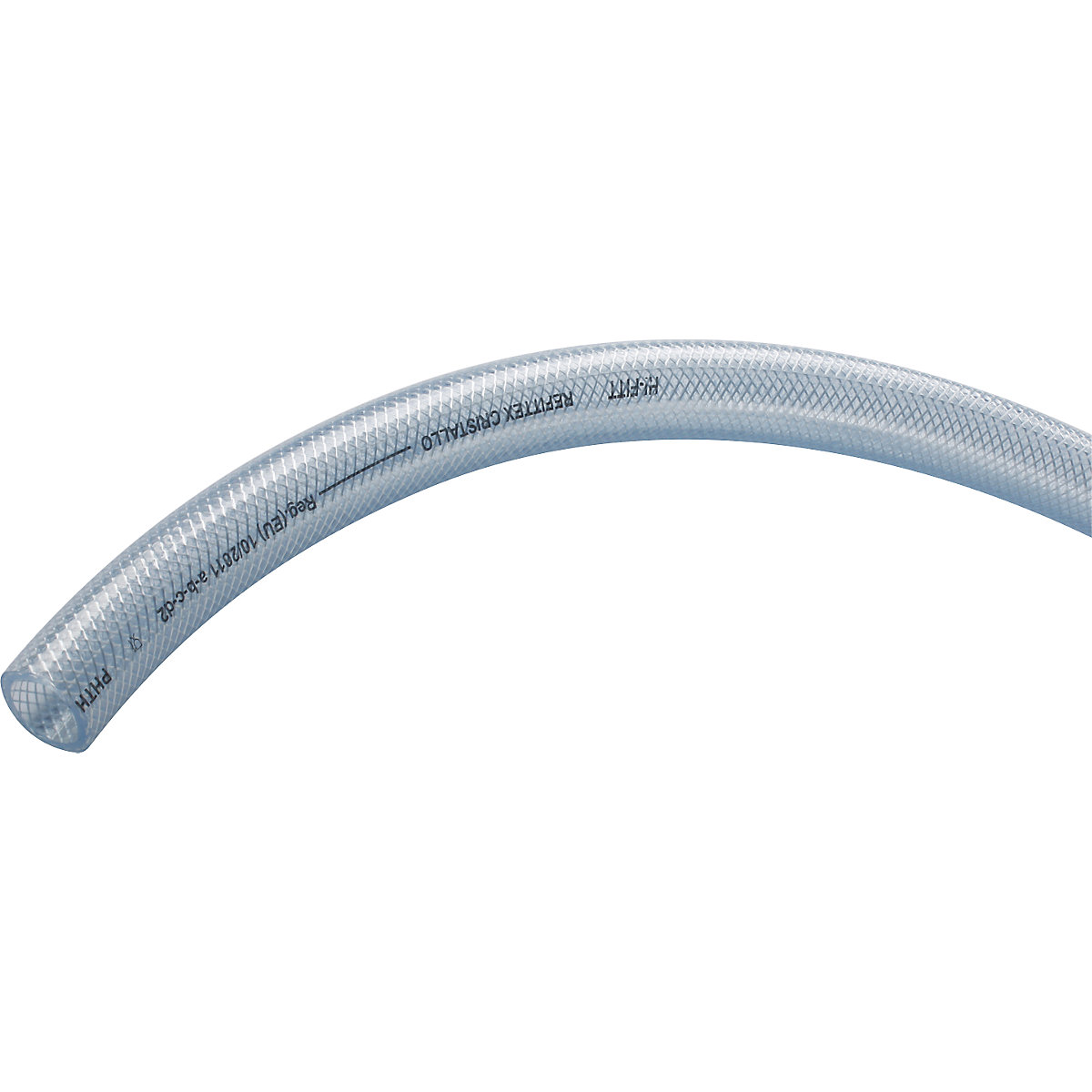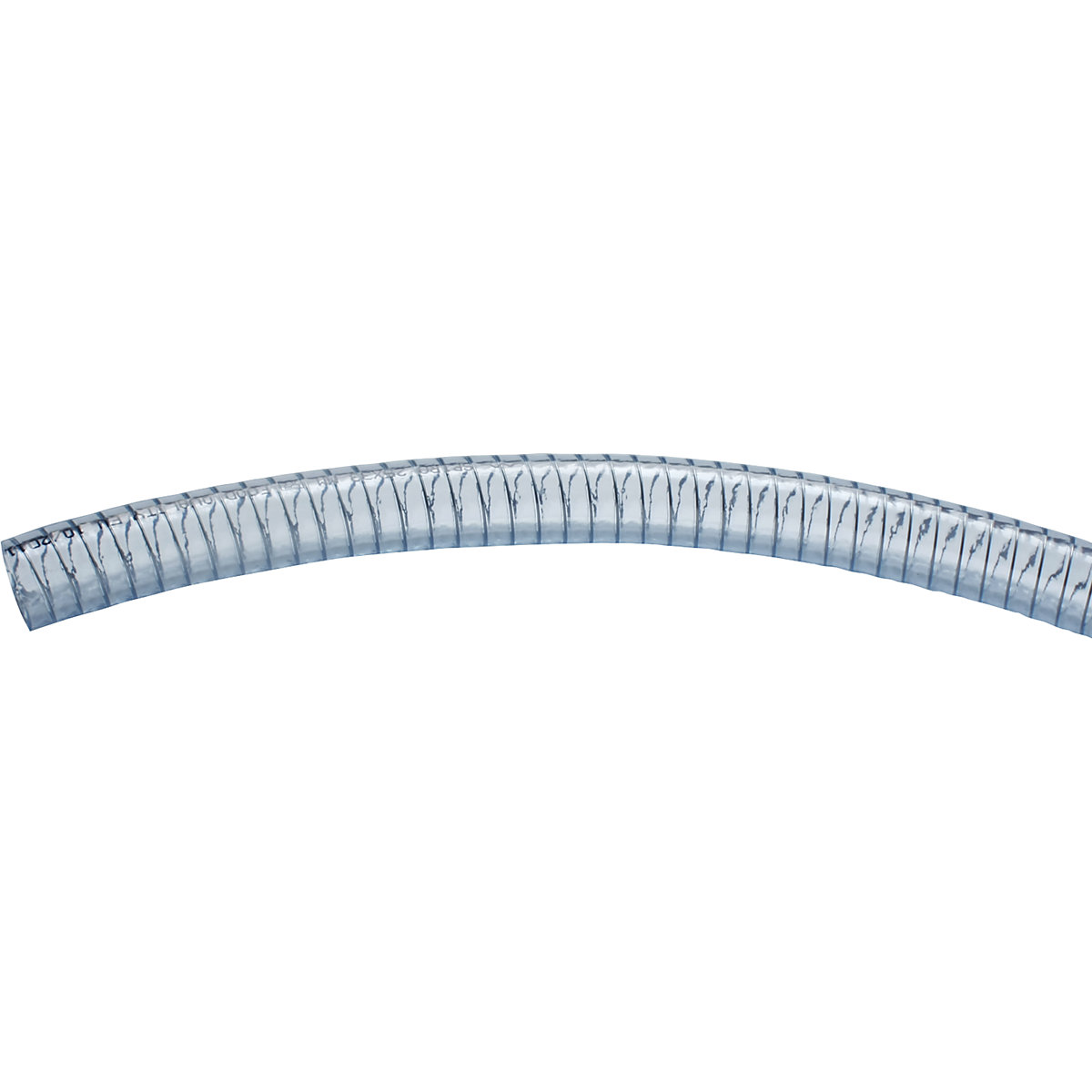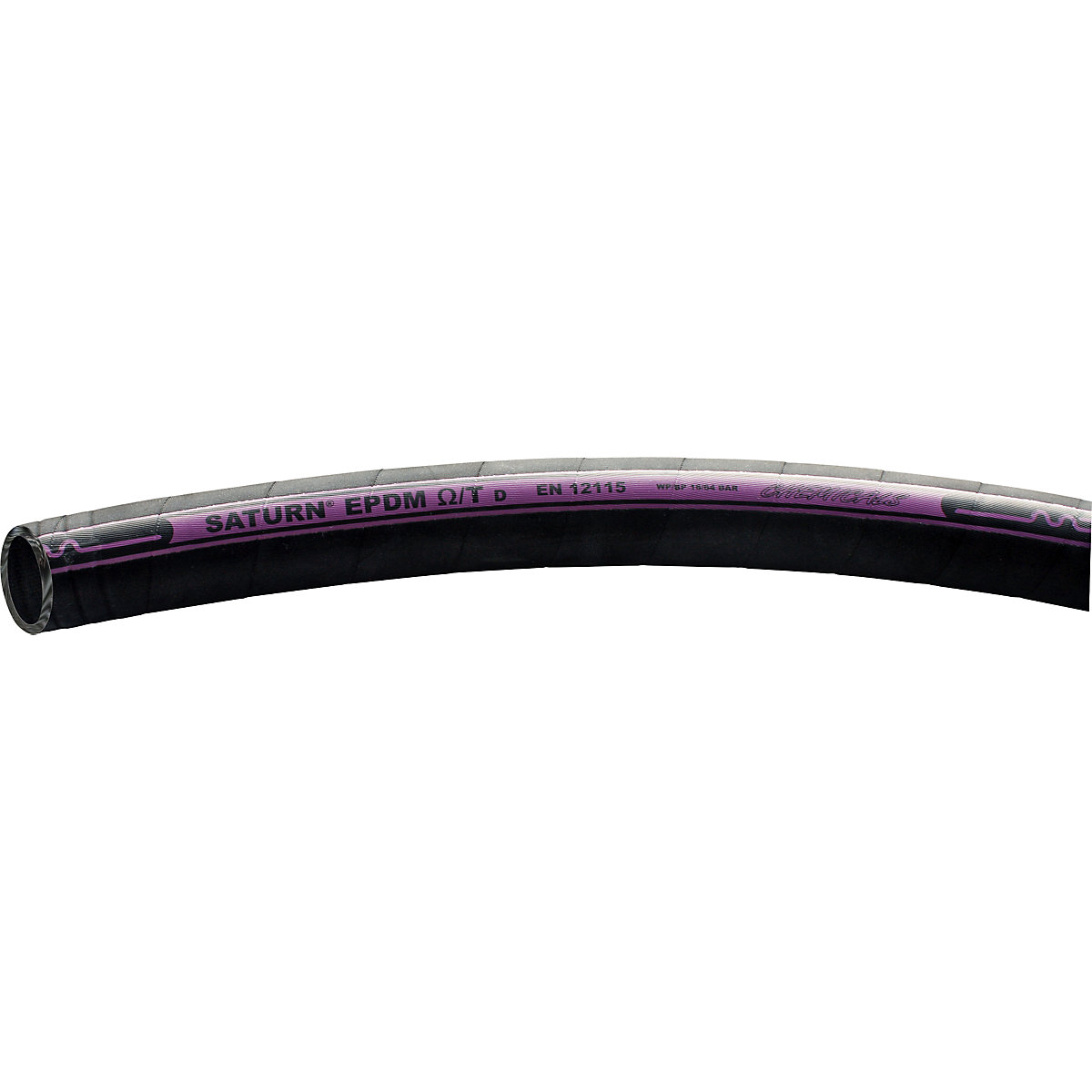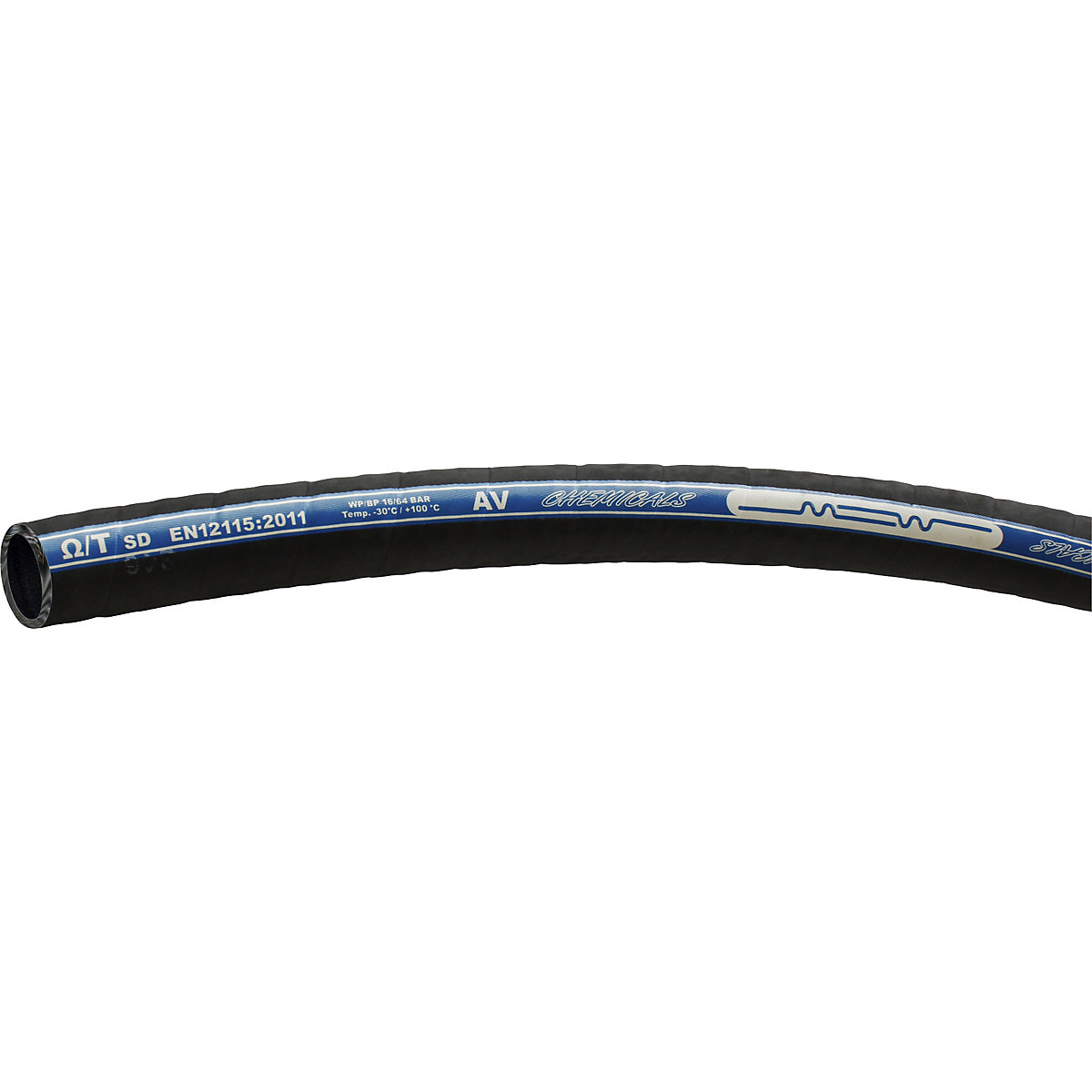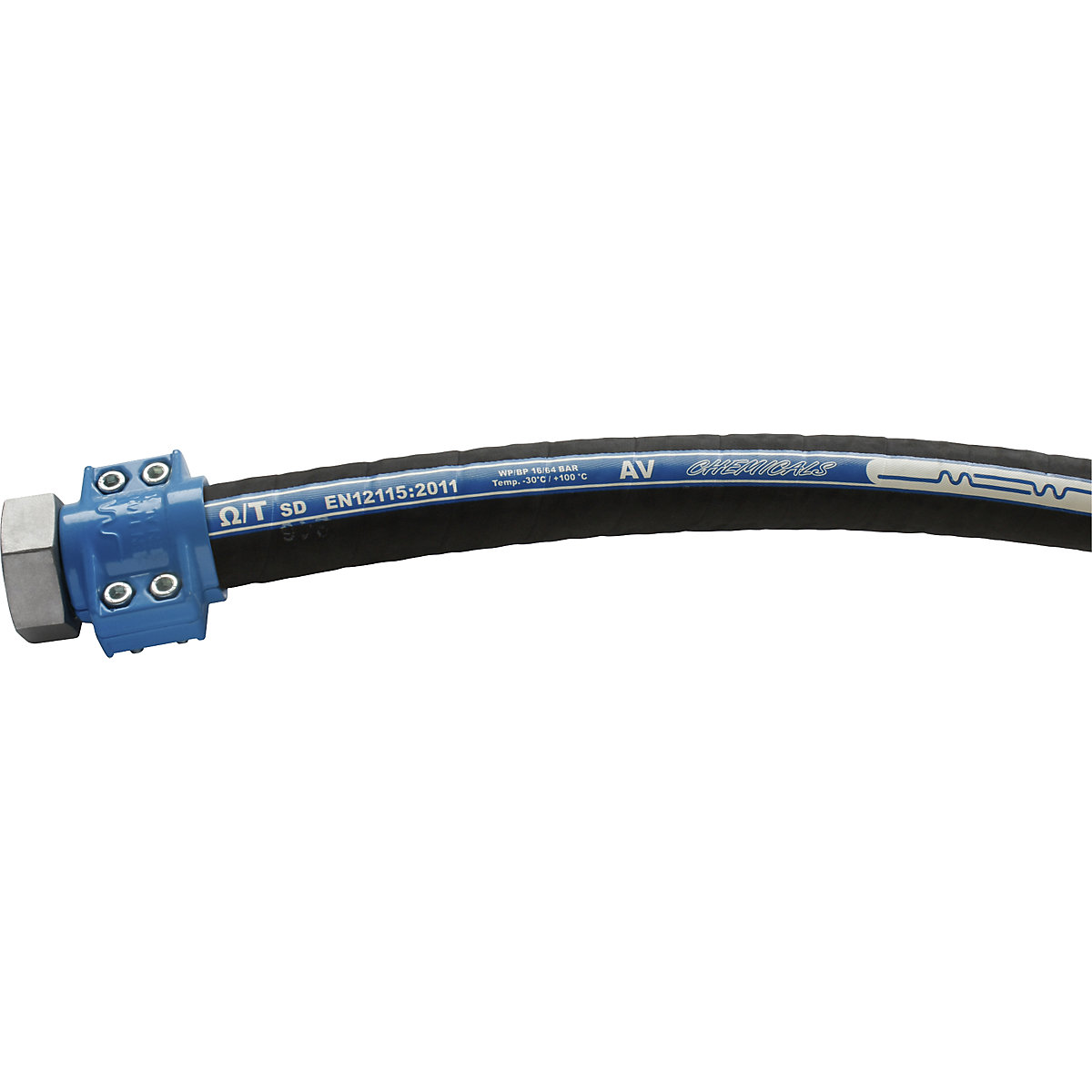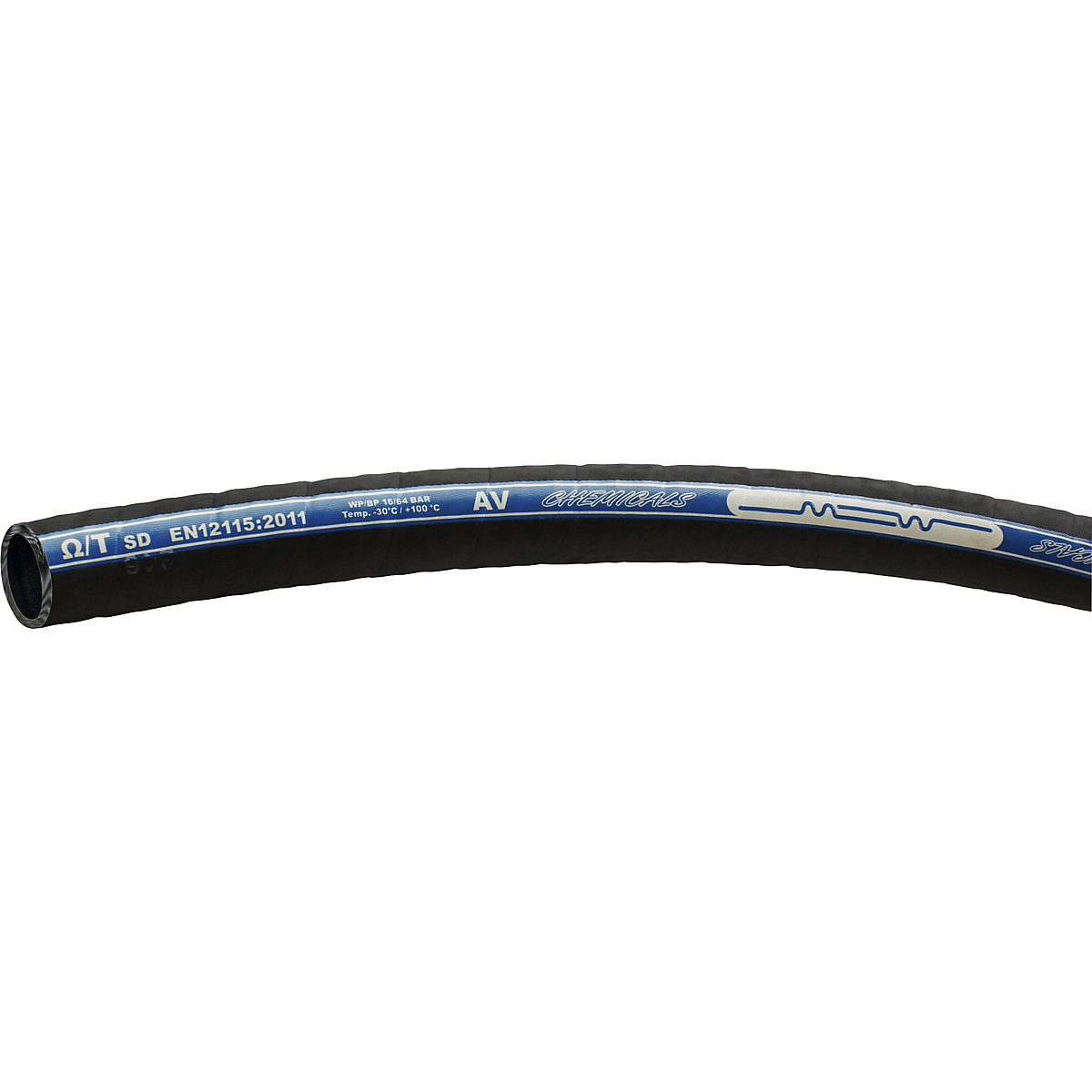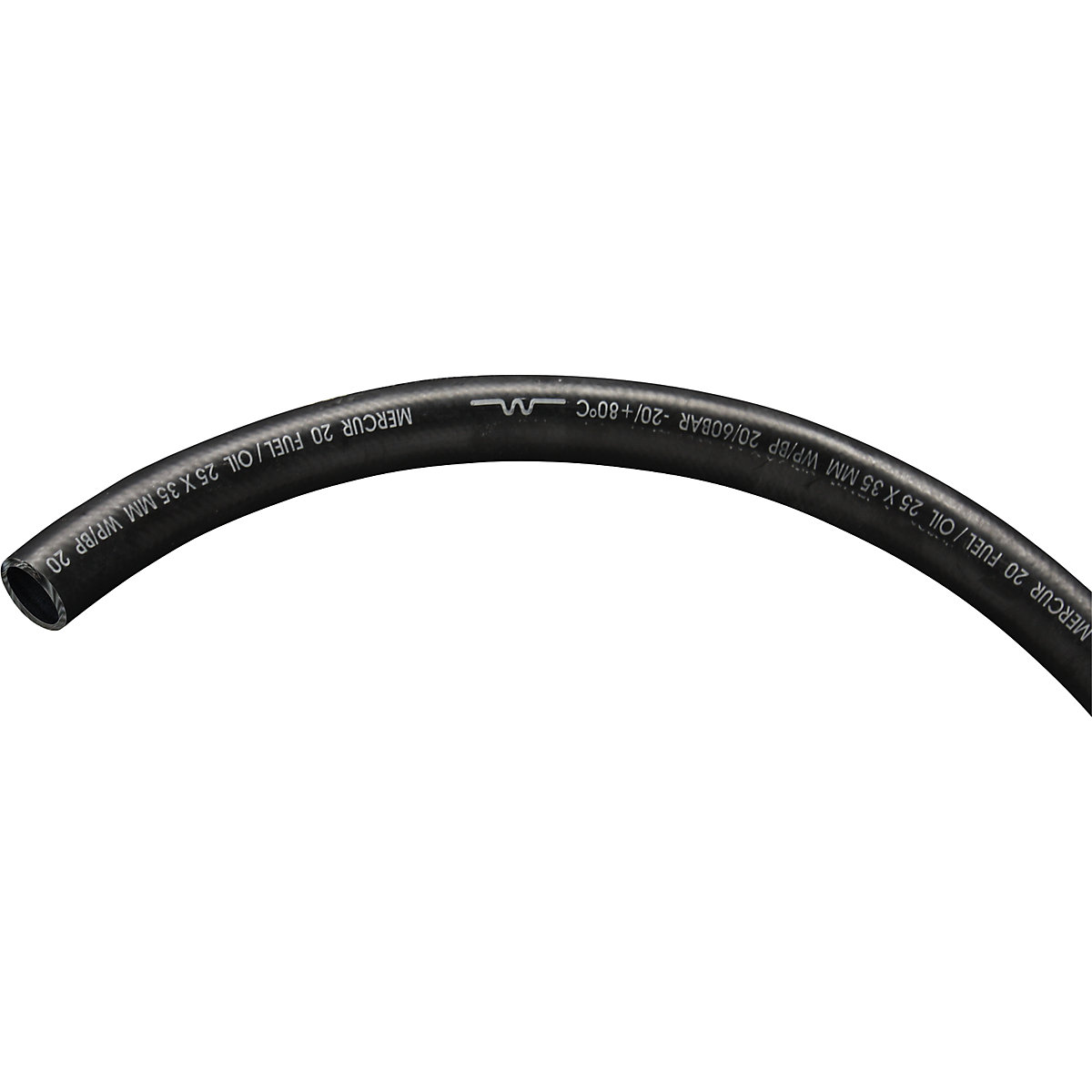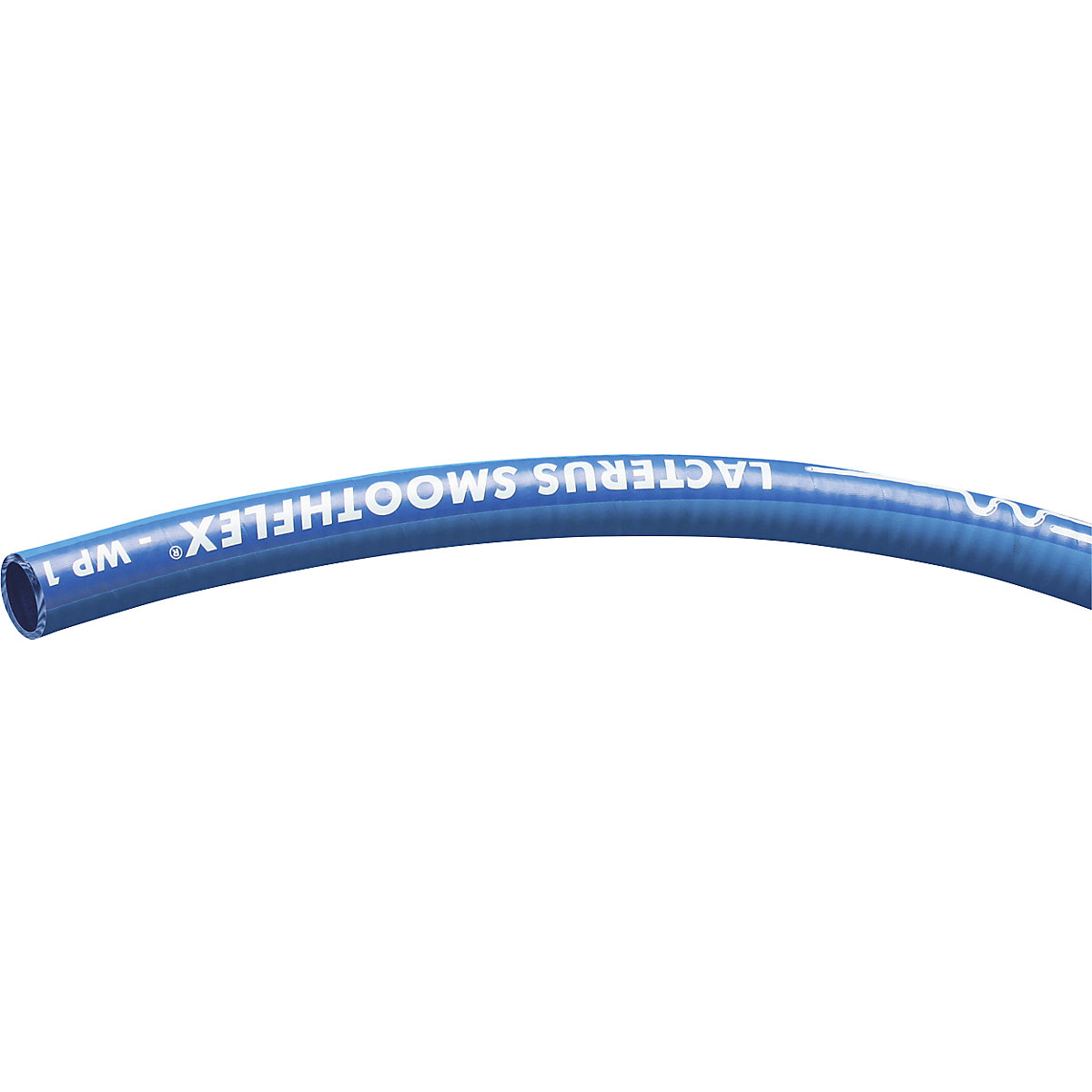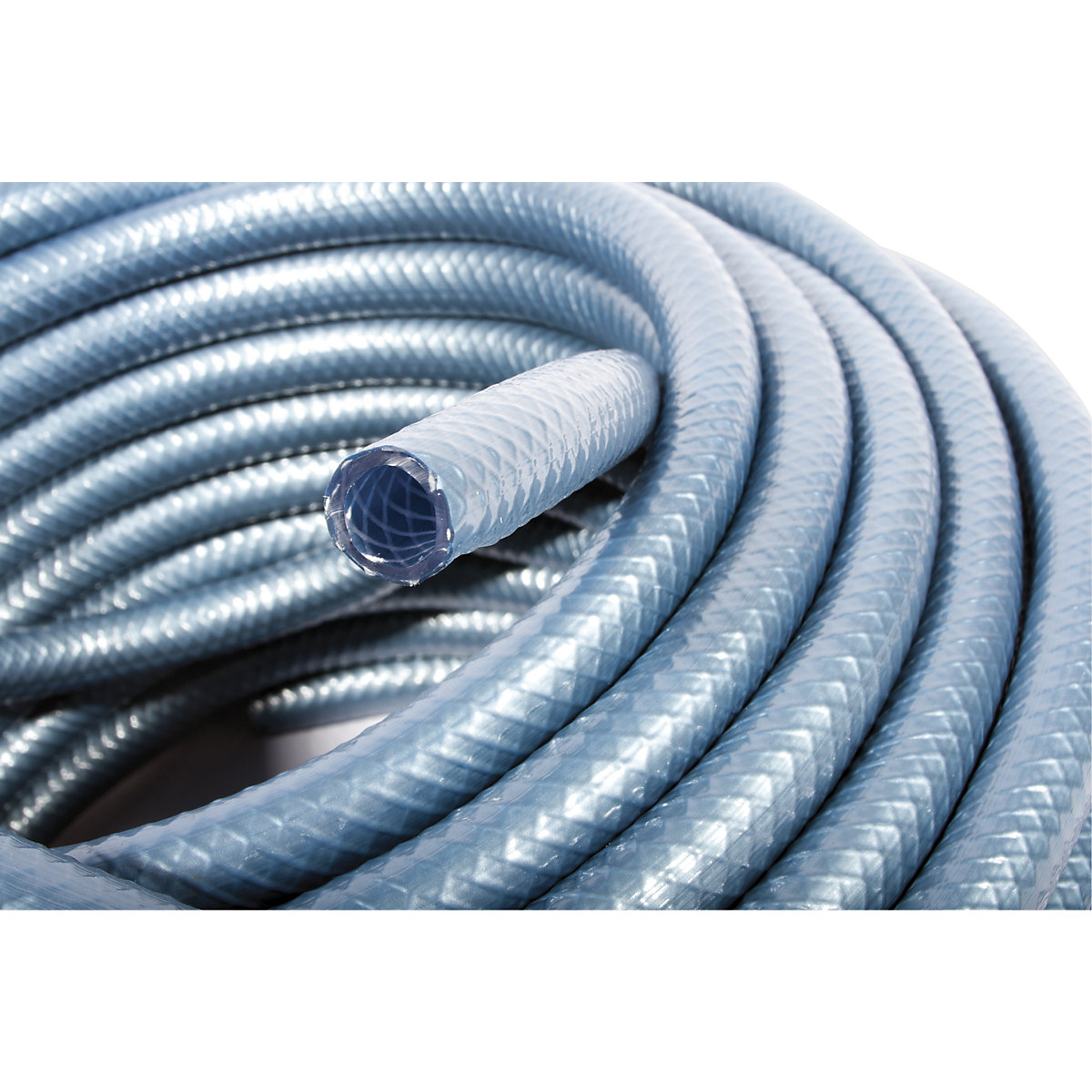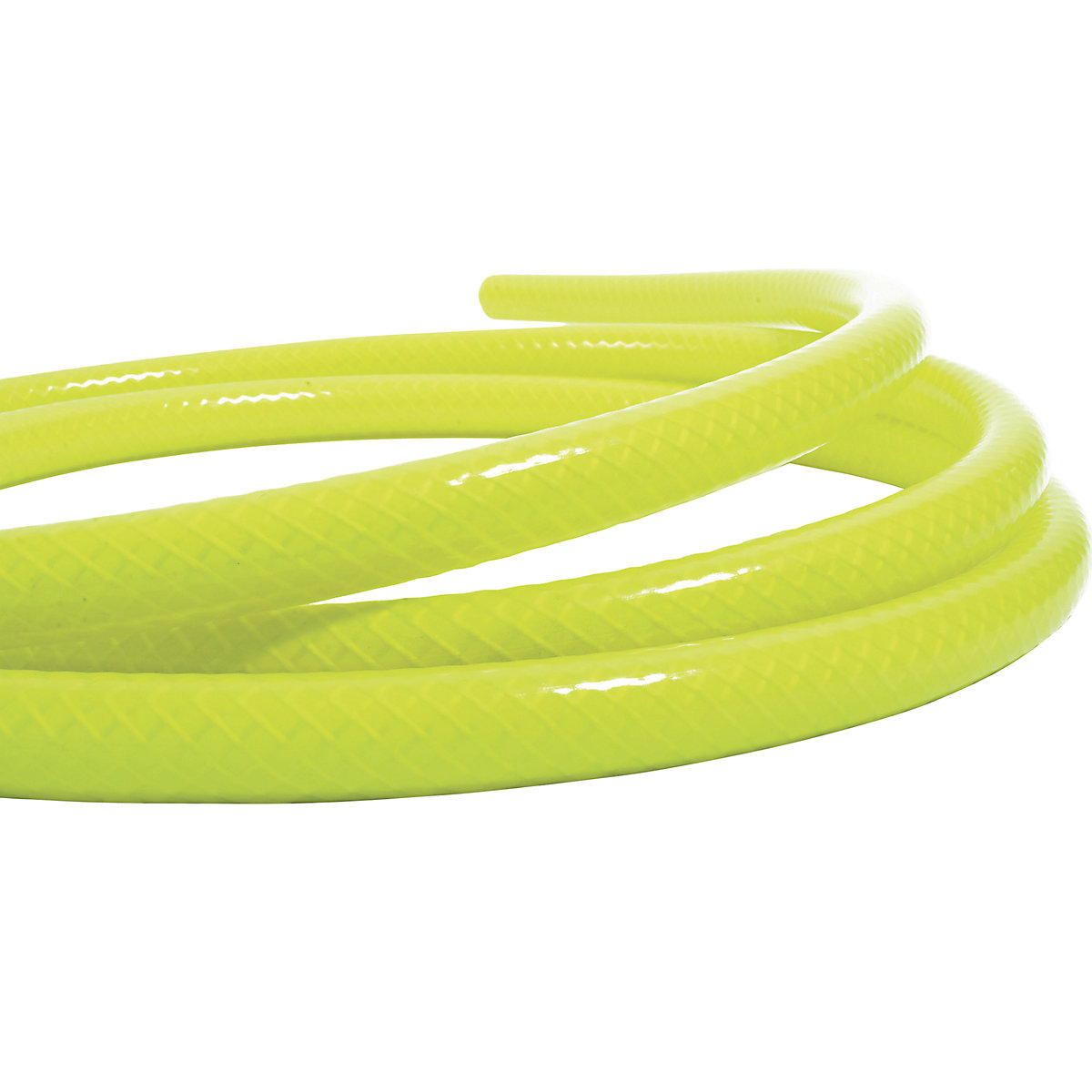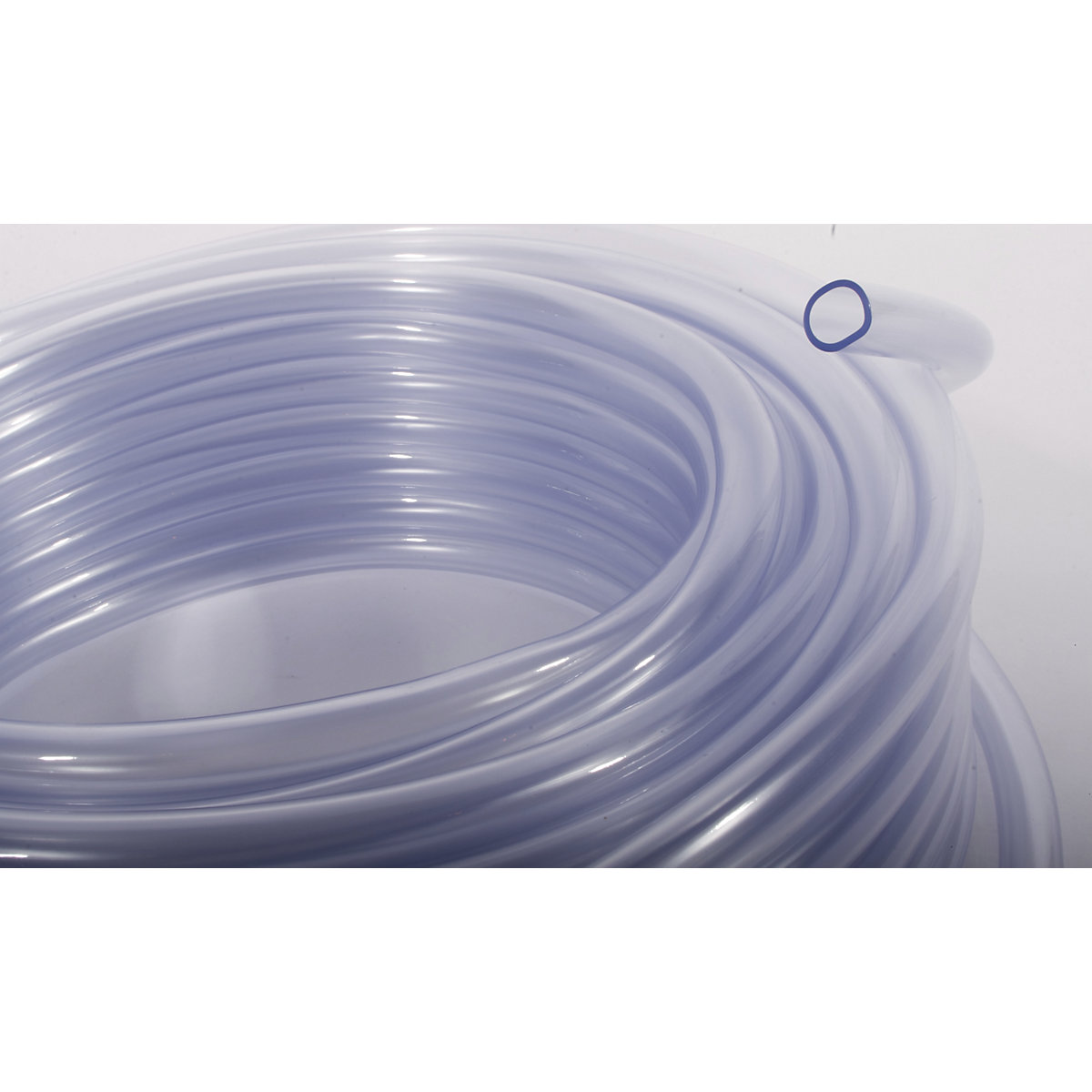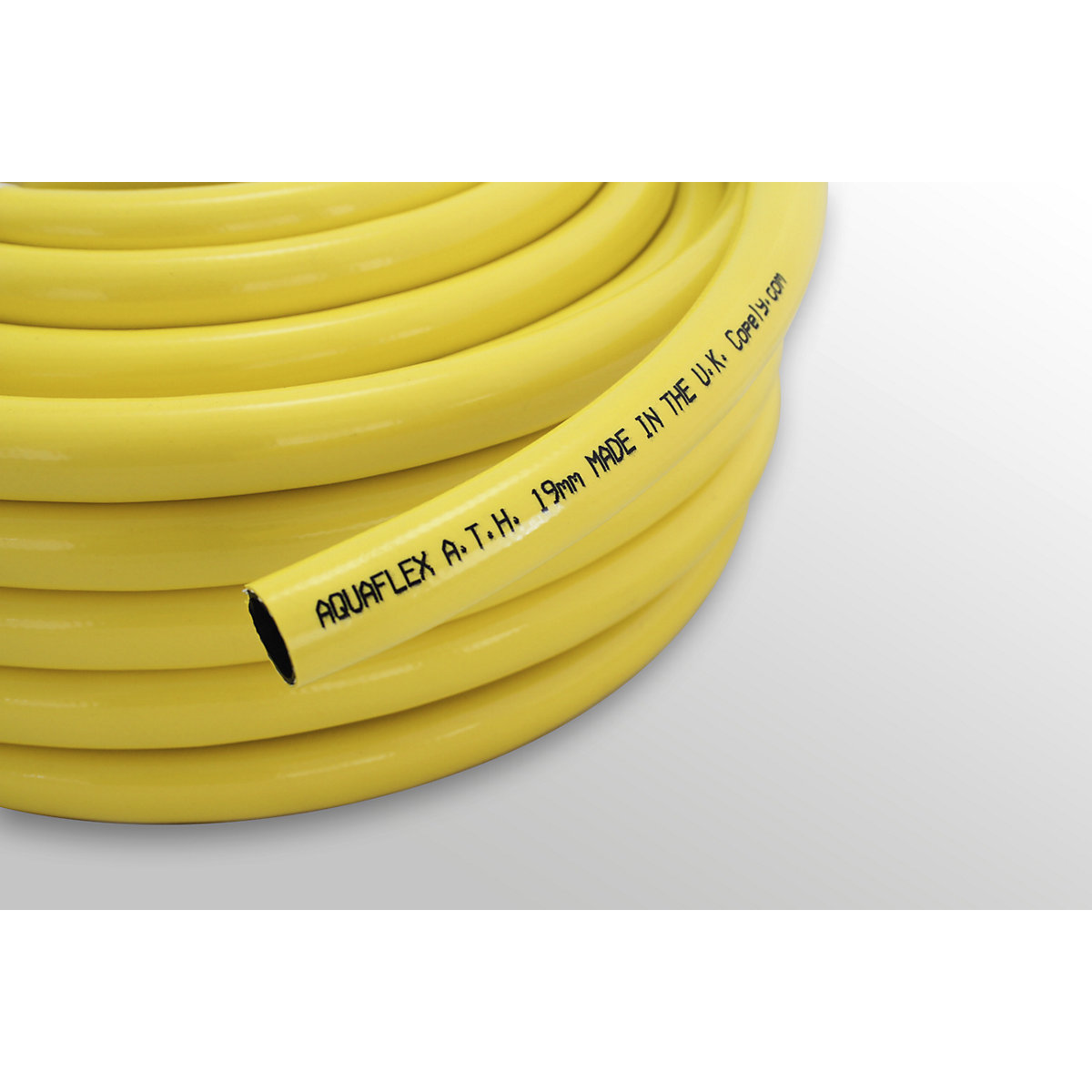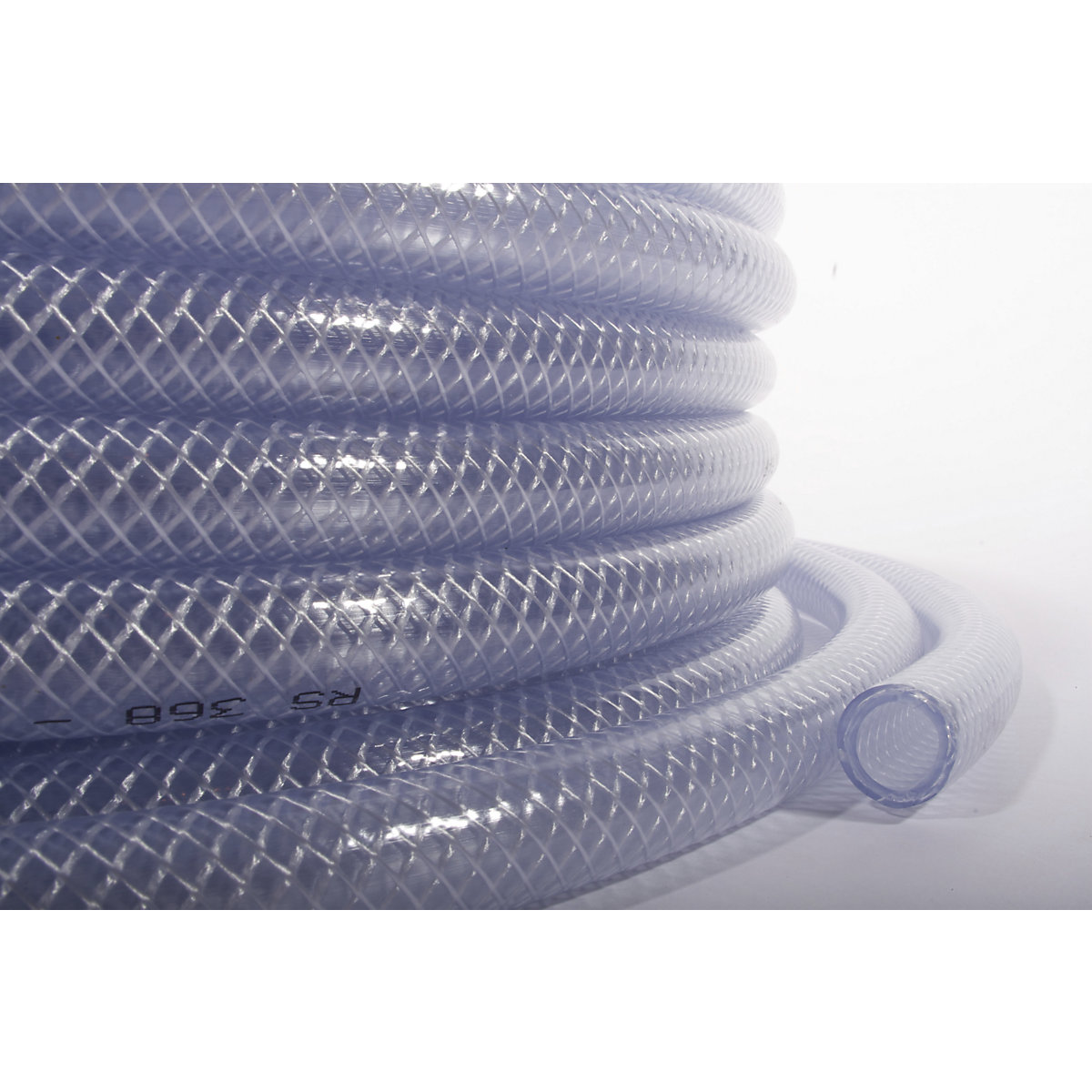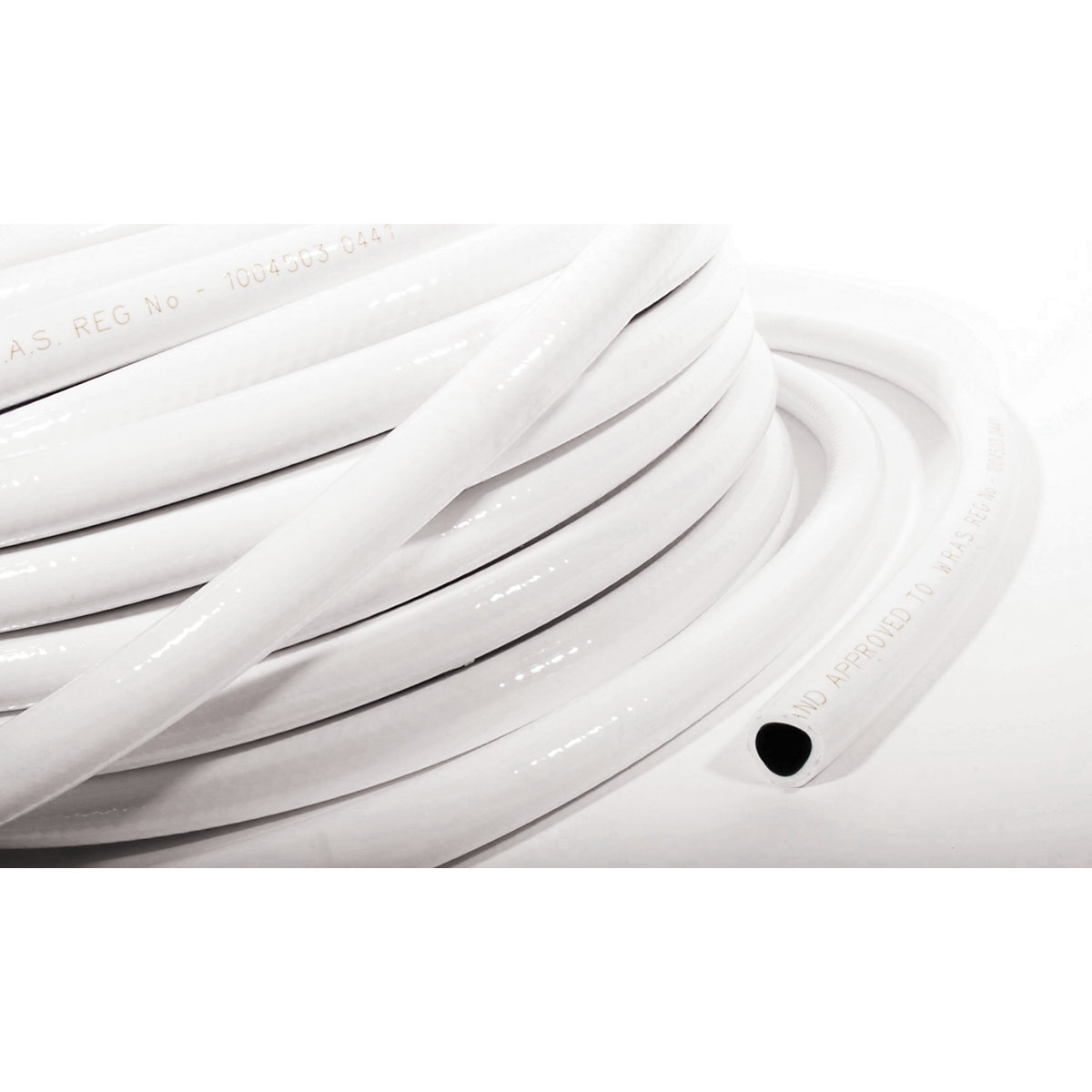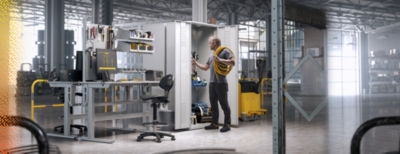Hoses
How do liquids make their way from a bin and into a canister? And how about compressed air? Hose technology allows you to transport chemicals, liquids and gaseous substances for use in industry safely and without spills.
In the category Hoses we offer you products of the following brands: Jessberger, COBA.
Finding the right technical hose & chemical hose for your needs
If the description of a product uses the word ''technology'', then you should take a closer look. After all, when a specific technology is used, then this usually occurs due to regulations or scientific principles. This is also the case when it comes to hose technology. While you might go to a hardware store and buy a basic water hose to water your garden plants with, when it comes to the food industry, hazardous materials handling and medical technology, it is essential to know exactly which hose is needed for the respective purpose of use. Solid, liquid and gaseous substances are normally conveyed from A to B by means of technical hoses. As a reliable means of conveyance, hoses can supplement a system of pipes, which are far more laborious to install, for use in industry and commercial use.
What you need to observe when choosing the right hose
When you decide on a hose, you should know exactly which conditions the hose will be used under:
- Pressure: at which pressure level is a substance conducted through the hose?
- Resistance: do chemicals, caustic and hazardous liquids flow through the hose?
- Durability: how often is the hose used, and how resistant to wear is it?
- Temperature: how cold or how hot are the substances in the hose?
- Suitability for use with foodstuffs: is the material used to make the hose low in harmful substances, and is it odourless and tasteless?
- Length: how long does the hose have to be?
- Flexibility: how small does the bending radius have to be?
And what is a bending radius?
The bending radius is calculated on the basis of a range of criteria:
- Hose diameter
- Type and number of inlays
- Material
- Set-up of the hose technology
If a hose is bent so far that it buckles, the smallest potential bending radius has been exceeded. The smaller the required bending radius is, the greater the risk is that the hose will break. You can calculate the bending radius. Use the following method: inner hose diameter x 10 = maximum bending radius in a pressureless state.
Which hose technology products are available from kaiserkraft?
In this category you can find hose technology for compressed air, water and drinking water, as well as for chemicals.
Most technical hoses are made of PVC or PU, and are available as transparent or as yellow hoses, ensuring that they are clearly visible and do not present a tripping hazard. Hoses for compressed air are also made of PVC and are particularly pliant and flexible.
Our multifunction hoses are made of PVC, and can be used in a range of areas. They are available in signal yellow featuring high chemical resistance, or as transparent hoses, and are odourless and low in harmful substances.
Polyvinyl chloride (PVC) or polyurethane (PU)?
Hose technology made of PVC is suitable for the conveyance of compressed air and water, as well as chemicals, and can be used as a protective conduit for electrical cable systems. PVC is a hard thermoplastic. This material is indispensable for many tasks performed in industry, because it is resistant to oils, greases and many chemicals. Since plasticizers can be added to hard plastics, hose technology made of PVC is available in a range of different hardness grades.
Hose technology made of PU can do everything that PVC can also do. It therefore often provides a replacement for the material PVC. Compared to PVC, PU is more resistant, more durable and more flexible. The plasticizers that are often incorporated in PVC are not added to PU, so that no harmful substances are released in the event of a fire. But this isn't actually a cause for concern: PU features a low inflammability anyway, and exhibits high temperature resistance. Industry and trades have long since discovered the advantages of PU, and are happy to put this sustainable material to good use.
Good care is important
Hose technology is very durable. Nevertheless, it is important to observe a few rules when using hoses:
Storage
- It is best to store technical hoses wound up on special reels or in large rings, making sure that the reel isn't subject to any stress or strain
- Store technical hoses in a dark, dry and cool place (room temperature)
Handling
- Please do not bend, twist or pull over sharp edges
- Please don't pull on hoses too hard
- When you connect up the hose technology, no kinks may form at the connection point
- Please do not suspend the ends of the hose in liquids, as this can damage the inlays
Tests
- Regular visual inspections of your hose technology and the connection points are important
- Also check the leak-tightness of your hoses regularly
If you observe these rules, then you'll maintain your hose technology in a perfectly reliable condition. Please do not hesitate to contact us if you have any questions about the product range.
These products may also be of interest to you:
Tape belts | Hand pallet trucks | Double ladders | LED display | Guillotines | Tool holders | EUROKRAFT trestles and roller stands | EUROKRAFT perforated panel systems



